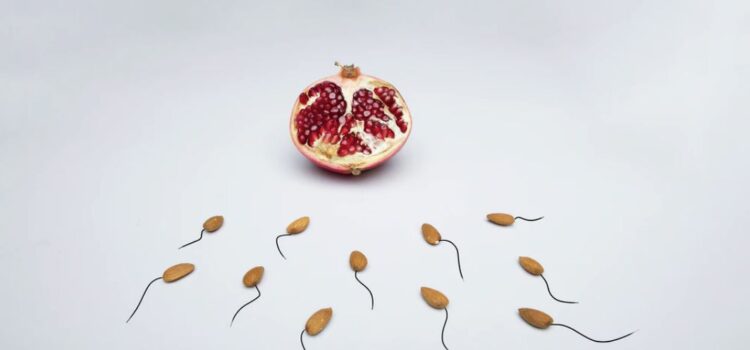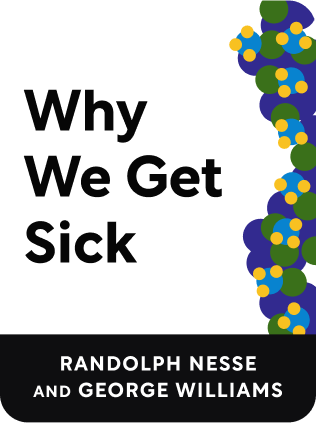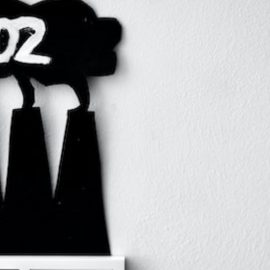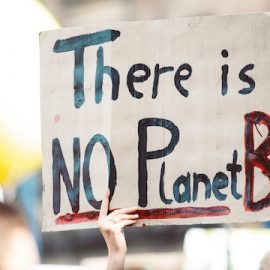

This article is an excerpt from the Shortform book guide to "Why We Get Sick" by Randolph Nesse and George Williams. Shortform has the world's best summaries and analyses of books you should be reading.
Like this article? Sign up for a free trial here .
Why don’t mammals reproduce asexually? Why are sperm so much smaller than eggs? Why do male mammals typically have to fight to inseminate a female?
Reproduction in mammals varies depending on species. The main reason mammals reproduce sexually is to promote genetic diversity, otherwise, an entire species could be wiped out with one sickness.
Keep reading to learn more about reproduction in mammals.
Sex and Reproduction
Some animals reproduce asexually, with mothers essentially giving birth to a clone of itself. So why does reproduction in mammals have to be sexual?
The classical explanation is that sexual reproduction promotes genetic diversity, through the combination of genetic material from the mother and father. Having more genetic diversity avoids over-optimization to one genome, and it promotes survival in changing environments.
In comparison, a woman who could bud off offspring without sex may have a short-term advantage in producing offspring, but the entire enetically identical clan may be wiped out in one calamity. If ten thousand clones of one woman are all especially vulnerable to influenza, they may all die in one epidemic, whereas a genetically diverse population would only lose a fraction of its members.
Different Reproductive Strategies
Different animals have different reproductive strategies. They vary in these factors:
- The number of offspring produced per birth
- The mode of childbearing
- How males and females choose one another
- The split of childcare between males and females
For example, a female salmon releases hundreds of eggs into the water, and a male fertilizes the eggs. The fish then hatch from eggs with no parent supervision and forge onward into life. This is obviously very different from how humans reproduce.
Egg and Sperm
In many animals, the male produces sperm and the female produces eggs. This contrasts with hermaphrodite animals, which can produce both sex cells within one organism.
The small size of sperm and large size of eggs make it easier to get sperm inside females, rather than the opposite. It would be much more difficult for a woman to transmit her egg into a male.
Human sperm are much smaller than eggs, which contain most of the resources for the developing embryo. This size disparity arose through natural selection. Consider a situation where eggs and sperm started out being the same size. The sperm that carries fewer nutrients travels faster and wins the race to the egg. To compensate for the lower-nutrient sperm, the eggs that contain more nutrients end up producing more viable offspring. Both these forces continue, with the sperm getting smaller and the egg getting larger, until we arrive at today’s equilibrium.
The size of the egg and sperm have huge consequences on the mating relationship between males and females:
- Sperm enters the female, and the fetus develops in the female over 9 months. This requires a much larger commitment for females than males.
- Females know for sure the child is theirs, while males don’t. The female could only have produced the egg that led to the embryo inside her, but multiple males could have contributed sperm to the female, so no male is completely sure that the child is theirs. (Of course, this is no longer true with today’s genetic testing, but we’re discussing the history of natural selection here.)
- Males expend little resources when creating a child. Theoretically, a male can hundreds of offspring in a lifetime, while females can have only 5-6.
- Males compete with each other to have the chance to inseminate the female. Females have the ability to be selective about which males to mate with. Therefore, males compete to show their genetic prowess through feats of strength (such as male elk fighting with their antlers) and showmanship (such as peacock feathers).
- Sperm from different males may compete within the female’s body to fertilize the egg.
- Among species, the size of male testes depends on the promiscuity of the species. For species in which females mate with multiple males, like with chimpanzees, the testis are larger. In contrast, monogamous species like gorillas have small testes. Humans are somewhere in between.
- The volume of ejaculate increases with the time the couple has been apart, as well as the time passed since the male’s last ejaculation. This is possibly to outcompete sperm from other males when the male was away.
- Within ejaculate, some sperm are incapable of fertilizing the egg. Why produce these? They’re possibly meant to find and destroy sperm from other men.
- Female orgasms take longer to achieve than male orgasms, for evolutionary reasons.
- If female orgasm happened too quickly, they may lose interest in sex before insemination occurs, thus decreasing reproductive success. The same is true of males who take too long to ejaculate. Therefore, the equilibrium for natural selection is for women to take longer to orgasm, than males.
- Premature ejaculation is common in young men. This might make evolutionary sense—while the tribal elders and alpha males are away, young males can sneak in and quickly inseminate females before elders return.
Suddenly, human courtship rituals might make more sense!

———End of Preview———
Like what you just read? Read the rest of the world's best book summary and analysis of Randolph Nesse and George Williams's "Why We Get Sick" at Shortform .
Here's what you'll find in our full Why We Get Sick summary :
- Why evolution hasn't rid humans of all diseases
- How reproductive fitness is more important than overall survival
- How you evolved to dislike the sound of a baby crying






